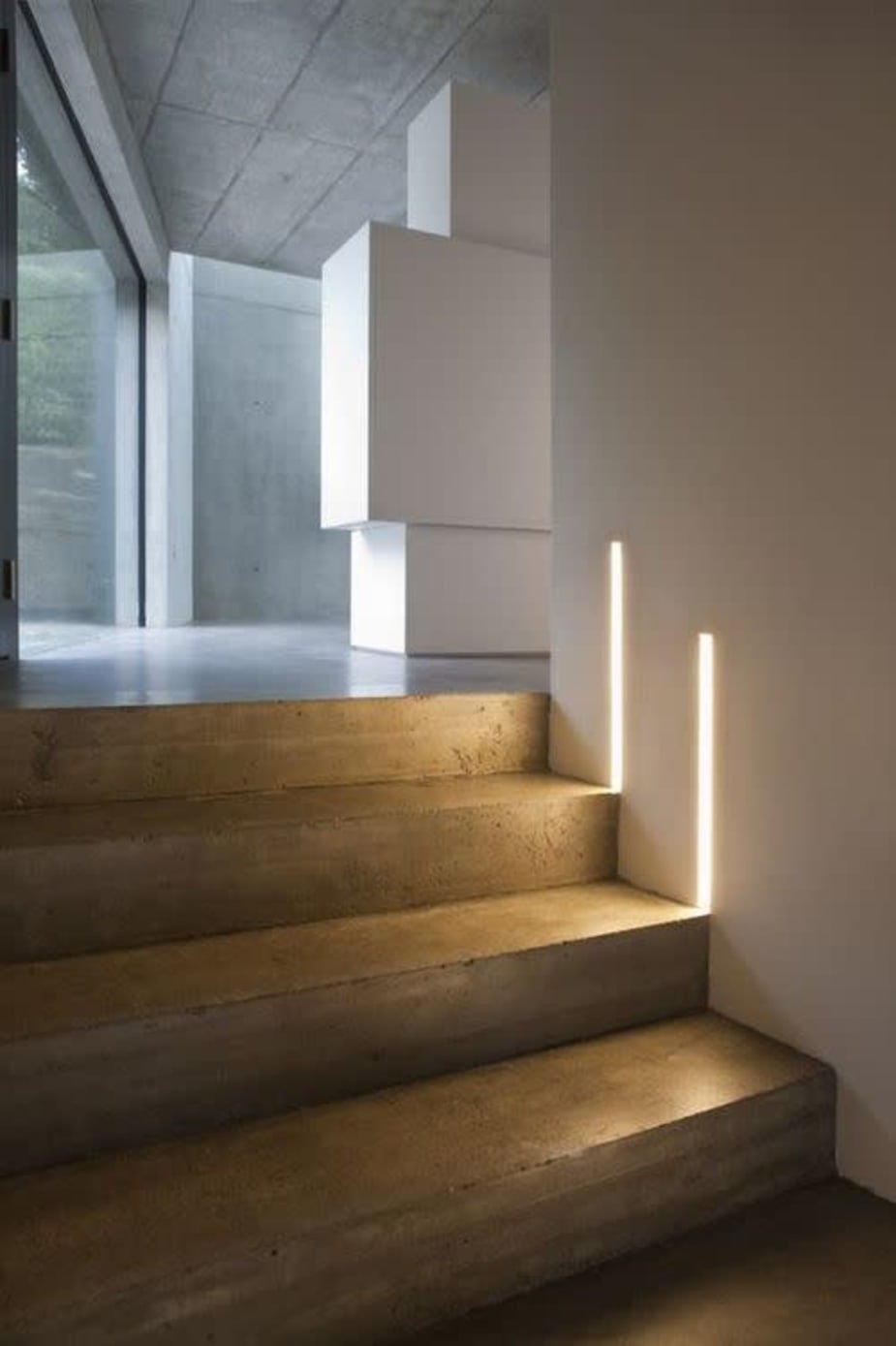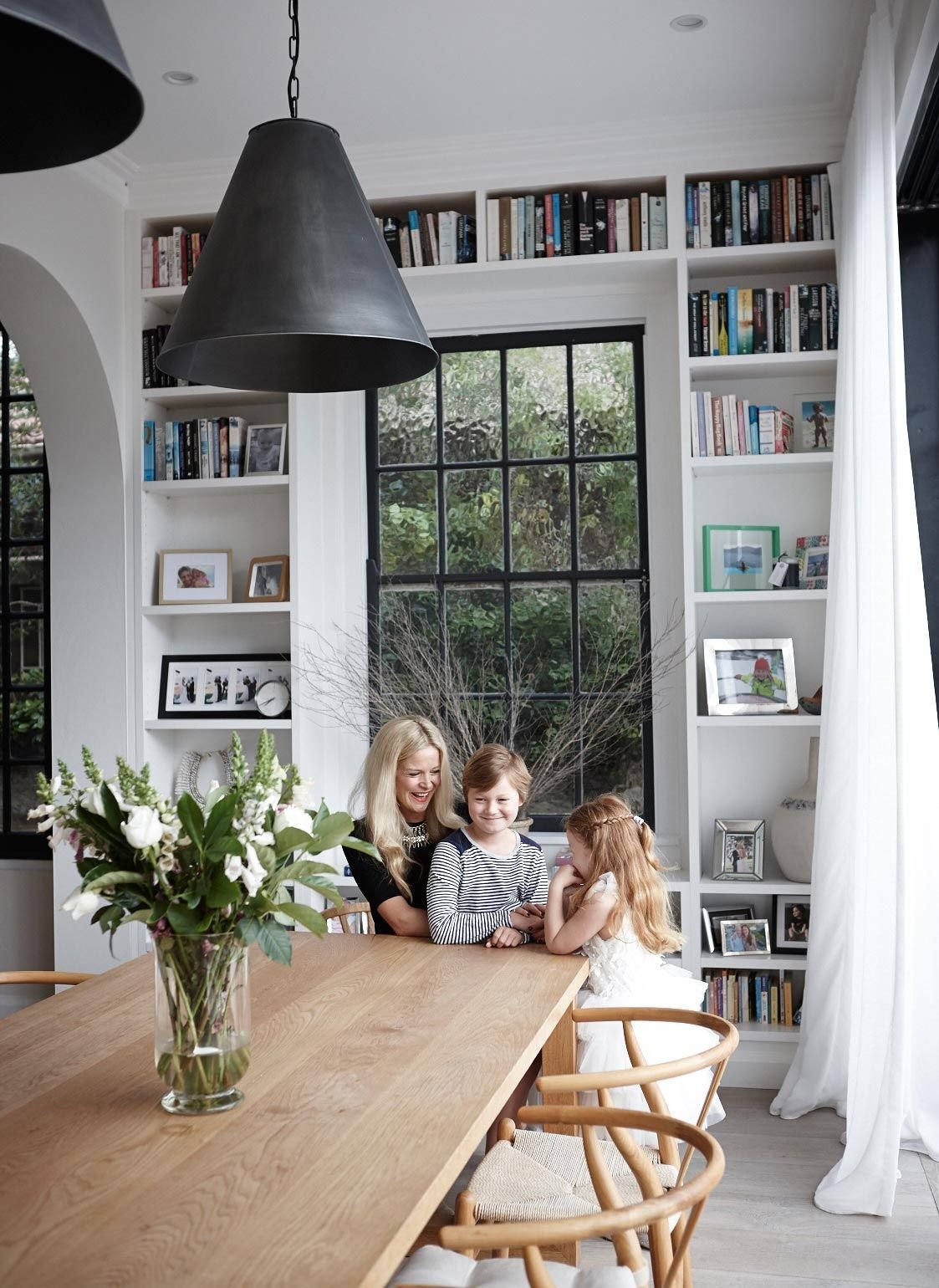The Importance of Lighting and its Placement
Welcome to Hahn's design magazine.
This week I will talk about the importance of proper lighting and how great lighting can increase the space of your home.
One of the most essential aspects of interior design is lighting - an element that can make or break an interior space of any size or material.
However, good lighting can be especially important for smaller or tighter spaces, making them feel larger and more open even when their space dimensions have not changed.
These strategies, as well as some examples of their application, are listed below:
Use multiple light sources
Larger spaces with poor lighting can feel small and less welcoming and actually even detract from their potential.
In order to make the interior spaces feel large and well-lit, one must rely on some recommended methods that utilize the space, starting from using the right shades and types of lighting and ending with placing them in the best locations to incorporating other elements that complement the existing lighting in the most flattering way.
Residential interiors in apartments fall into the trap of lighting a room with one concentrated ceiling light. This type of lighting creates corner shadows and illuminates the room unevenly, which makes the space feel smaller and may even strain the eyes. Instead of using one ceiling lamp, we have to place multiple light sources distributed throughout the room. The function, size and design of the room will dictate the location of the light and its intensities.
Here are some rules that will help you when placing your many light sources:
Place lights in the corners
In general, darkness makes a space feel smaller, while lightness makes it feel larger. When there are corners surrounded by shadows, the room seems to shrink. Bulbs in the corners, whether it is ceiling lighting or strategically placed lamps, will make sure that the entire floor area of the room will be lit and thus the space of the room will appear larger or at least it will find its true size as it is.
Layered lighting
There are three different types of light:
General lighting: which is corner lighting and various ceiling lights that keep the room lit in general.
Specified lighting:
Allows users to see better at specific points of interest such as desks or different surfaces, such as lighting under cabinets in the kitchen, or in the bathrooms.
Etty Hahn
Hahn’s Design - Planning and Interior Design
Ambient lighting:
Fulfills a more decorative function, such as candles, recessed lights or decorative lamps and even installing mirrors.**********
Good design requires the use of the three elements of layer lighting, which will ensure that the light throughout the house is distributed in the most flattering way.
Adding recessed lights:
Recessed lights have a special meaning because they literally enlarge the space. These lights are installed directly into a ceiling, wall or other surface. They add extra light without taking up extra space.
These fixtures are especially useful for rooms with low ceilings and make a big difference in a small room, as hanging lights or non-recessed ceiling fixtures can make a small space feel even smaller.
Wash walls with light:
Wall washing means directing light towards the walls of the room, which actually expands the space by clarifying its boundaries. It can also be used to direct the eye towards certain positive design aspects such as artwork or other architectural features. Tall windows and recessed lighting is one way to wash walls, making them a doubly effective strategy.
Using pendant lights with high ceilings:
Pendant lights draw the eye upwards, making users notice high ceilings and therefore making a tall space feel even taller. Tall furniture, tall shelving and vertical wall lights can also be used to emphasise verticality.
There are countless other great strategies for good lighting that will affect and compliment the space of the home.
Thanks for visiting,





















